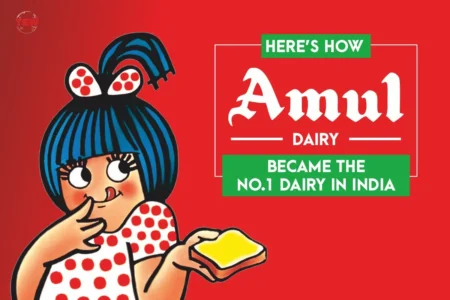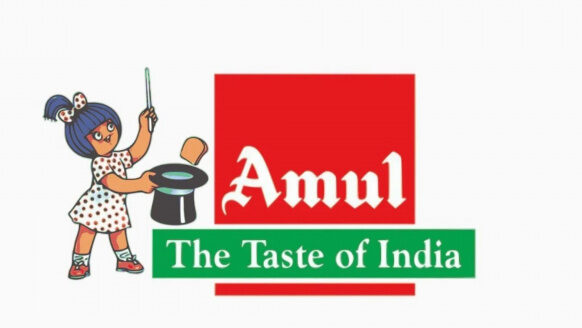
Financial Structure of Amul: The Backbone of a Dairy Revolution
When we talk about multinational dairy cooperatives, one name that instantly comes to mind is Amul. As someone deeply interested in business models and finance, I’ve always admired how Amul’s financial structure is not only unique but also incredibly impactful. In this article, I’ll take you through the core of Amul’s financial structure, how it works, and why it’s been a model of success for decades.
Understanding Amul’s Cooperative Model
First and foremost, it’s essential to understand that Amul operates as a cooperative. This means the ownership lies with the farmers. Unlike conventional companies where profits are shared among shareholders, Amul distributes profits back to its milk producers. This foundation makes its financial structure vastly different from typical corporations.

Key Levels in Amul’s Structure:
- Village Dairy Cooperative Societies (VDCS)
These are grassroots-level units where farmers pour their milk. They are the basic financial units in the structure. - District Milk Unions
These unions collect milk from VDCS and process it. They handle production and logistics. - State Federation – GCMMF
The Gujarat Cooperative Milk Marketing Federation (GCMMF) markets all Amul products under one umbrella. It collects revenue from sales and redistributes it among the unions.
As a result, this multi-tiered model ensures that every stakeholder benefits fairly, fostering long-term sustainability.
Revenue Generation and Distribution
Naturally, one might wonder — how does Amul generate income, and where does the money go?
Revenue Streams:
- Domestic Product Sales: Amul earns most of its revenue from the sale of dairy products like milk, cheese, butter, ice cream, and curd.
- Export Revenue: Although not a primary income source, exports also contribute significantly to Amul’s financial strength.
- Franchise Operations: Amul Parlours and retail outlets create an additional revenue stream.
- Value-Added Products: With the rise in demand for health products, Amul also earns from new categories like organic milk and high-protein items.
Distribution of Profits:
Here’s where Amul’s structure becomes fascinating. After deducting operational costs and necessary reinvestments, profits are returned to the farmers. This not only boosts their income but also motivates quality production.
Moreover, GCMMF takes care of marketing and branding, while district unions handle processing and packaging. This separation of responsibilities keeps the system transparent and efficient.
Financial Performance Over the Years
Over time, Amul’s financial strength has continued to grow. In recent years, Amul has reported annual turnover figures exceeding ₹55,000 crores, making it one of India’s largest FMCG brands.
- In FY 2022–23, GCMMF reported a growth of around 18% year-on-year, a testament to its robust business structure.
- The federation’s focus on innovation, supply chain efficiency, and digital marketing has also led to improved profit margins and scalability.
Efficient Cost Management
Additionally, Amul’s focus on minimal marketing costs and bulk distribution through organized retail has helped reduce overheads. It invests primarily in product quality and farmer training, ensuring the financial cycle stays productive at all ends.
Why Amul’s Financial Structure is Admired Globally
To sum up, Amul’s financial structure is a powerful blend of social impact and business excellence. Its cooperative approach ensures financial inclusion, while its organized hierarchy allows it to function like a professionally-run corporation.
Furthermore, the model is now being studied and replicated by other sectors looking to empower grassroots workers while maintaining profitability.
Final Thoughts
If you’re someone exploring sustainable financial structures, Amul’s model is an ideal case study. It shows how a cooperative system can not only survive but thrive — even in competitive FMCG markets.
As I’ve explored Amul’s success story, I’ve realized that its financial backbone is more than just numbers. It’s about trust, transparency, and a shared vision of growth. And that, in my opinion, is what makes Amul truly The Taste of India — financially and socially.
Read More: The Future of the Fashion Industry: Trends, Challenges & Innovations